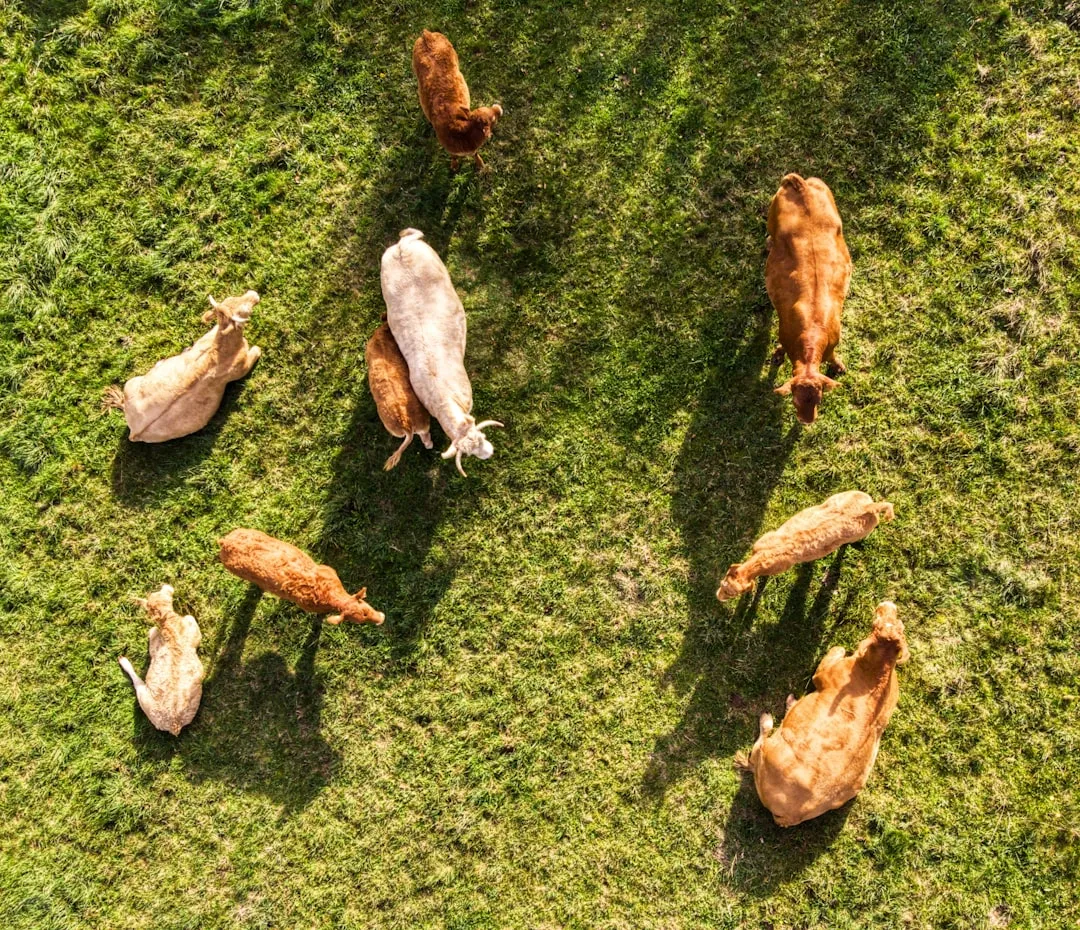Autumn Renovation: The Key to Bountiful Strawberries Next Summer

Edible gardening is a rewarding hobby, and when it comes to growing strawberries, a little effort in the autumn can lead to a significantly larger harvest of ripe berries the following summer. In this article, we'll explore some essential tips for renovating and winterizing your strawberry plants during the fall season.
First and foremost, it's crucial to understand the importance of renovation. After a long growing season, strawberry plants can become overcrowded and less productive. Renovation helps rejuvenate the plants, allowing them to focus their energy on producing healthy new growth. Start by mowing or cutting back the foliage of your strawberry plants to about 1 - 2 inches above the ground. This may seem drastic, but it's a necessary step to remove any diseased or damaged leaves and to stimulate new growth.
Once the foliage is trimmed, it's time to thin out the plants. Strawberries tend to send out runners, which are long stems that produce new plantlets. Remove any weak or overcrowded runners, leaving only the healthiest and most vigorous plants. Aim to space the remaining plants about 8 - 12 inches apart. This will give them enough room to grow and spread without competing for nutrients and sunlight.
Next, it's important to fertilize your strawberry plants. After renovation, the plants will need a boost of nutrients to recover and prepare for the winter. Apply a balanced fertilizer, such as a 10 - 10 - 10 or 12 - 12 - 12 formula, according to the package instructions. Be careful not to over - fertilize, as this can lead to excessive foliage growth at the expense of fruit production. A light application of compost or well - rotted manure around the base of the plants can also provide a slow - release source of nutrients.
Weed control is another critical aspect of autumn strawberry care. Weeds can compete with strawberry plants for water, nutrients, and sunlight, and they can also harbor pests and diseases. Remove any weeds from the strawberry bed by hand or use a hoe to gently cultivate the soil around the plants. Be careful not to damage the shallow roots of the strawberries.
As the temperatures start to drop, it's time to think about winterizing your strawberry plants. Strawberries are hardy plants, but they can still be damaged by extreme cold and frost. One of the most effective ways to protect them is by applying a layer of mulch. Straw is a popular choice for mulching strawberries, as it provides excellent insulation and helps prevent the soil from freezing and thawing too quickly. Apply a layer of straw about 2 - 3 inches thick over the strawberry plants after the first hard frost. This will help keep the plants warm and protected throughout the winter.
Another option for winter protection is to use row covers. Row covers are lightweight, breathable fabrics that can be placed over the strawberry plants to provide an extra layer of insulation. They can also help protect the plants from wind and snow. Make sure to secure the row covers tightly to prevent them from blowing away.
In addition to these physical protection methods, it's important to keep an eye on the moisture levels in the soil during the winter. While the plants are dormant, they still need some moisture to survive. Check the soil periodically and water the plants if it becomes too dry. However, be careful not to over - water, as this can lead to root rot.
By following these tips for renovating and winterizing your strawberry plants in the autumn, you can ensure a healthy and productive strawberry bed next summer. With a little care and attention, you'll be rewarded with a delicious harvest of ripe, juicy strawberries that you can enjoy fresh or use in a variety of culinary creations.
So, don't neglect your strawberry plants this autumn. Take the time to renovate and winterize them, and you'll be looking forward to a bountiful strawberry season in the months to come. Whether you're a seasoned gardener or just starting out, these simple steps can make a big difference in the success of your strawberry crop.